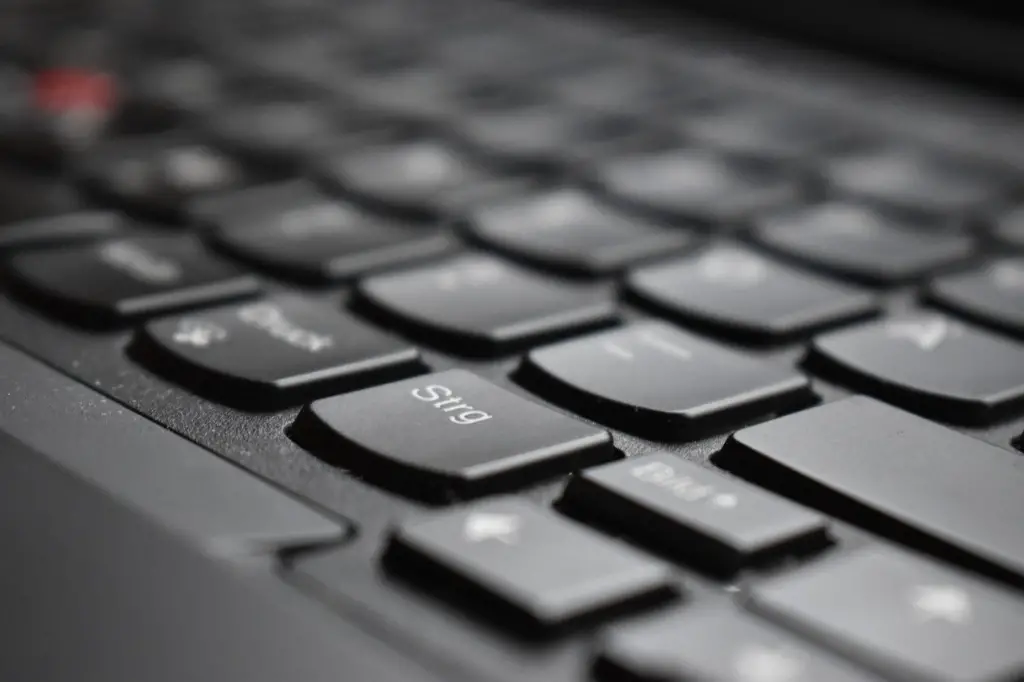
Image by Odirf from Pixabay
Everyone knows and hates the long waiting times on the PC. This problem is sometimes more serious in the case of a laptop, as it has been optimized for comfort and manageability, which can significantly reduce performance, especially with older devices. Fortunately, the user with Windows 10 has some options to counteract this. We would like to discuss these options with you to help you get a faster PC or laptop.
Choose the right laptop
It is of course best to choose a powerful and fast laptop when you buy it. In this regard, you are doing yourself a favor to explicitly choose a device with the SSD instead of the HDD. In the meantime, the developers have found ways to compensate for the former flaw of the capacity disadvantage, so that the SSD hard drives can now play their speed advantage all the more emphatically.
A laptop purchase advice with a notebook test can be found in this comparison. The laptop for students is preserved there as well as a gaming laptop. The manufacturer’s reservoir is also rich and affects well-known companies such as Lenovo and Huawei.
Throw out auto programs
If the notebook is switched on, numerous programs such as virus protection can delay the start-up process. However, not all of these processes are required. To delete unnecessary applications, press CTRL + Shift + Esc and click on “more details” in the Task Manager. Here you go to the “Autostart” tab, then to “Programs” and choose from the programs that start automatically, the systems that you no longer need in order to uninstall them again.
Clean cache
The cache actually has a useful function in that it stores programs so that they can be called up more quickly when needed. But here too, with increasing usage time, a lot of data garbage accumulates that you would like to get rid of again. To do this, go to the Windows search and enter “Disk Cleanup”. This command is particularly easy, because Windows 10 already offers the corresponding menu item for cleaning. All you need to do is click on it and this process will be carried out.
Reduce effects
Windows 10 has visually improved compared to its predecessor Windows 8. This was achieved using various special effects such as the display of window shadows. However, these effects are not absolutely necessary for the functional use of the computer. To save energy and reduce loading times, open the system manager via “Start”, click on “Advanced system settings” and then on “Deactivate services”. There you will find all the graphic special effects listed and you can decide which of them you want to deactivate.
Defragment hard disk
The arrangement of the data on the hard disk follows a logical structure. From time to time, however, the hard drive fills up with new data. This makes the structure increasingly dysfunctional, because Windows is now looking for free places to store the data there. If the user now deletes existing data, there are gaps here that Windows prefers to use for new data. To restore the structure of the hard disk to the best possible order, go to “Start”, then “Explorer” and “This PC”. Then right-click on “PC Hard Drive” and click on “Properties”. The next tabs are then “Tools” and “Optimize”. The last button is the command that starts defragmenting the hard drive.
Reset system configuration and Win 10
Some presets can slow down the speed of the computer. Here, users can influence the correct selection of parameters. To do this, remove all unnecessary services in the Task Manager and set the “Time-out” setting to value 3. If nothing helps and the problems have become too great over time, you still have the option of taking a radical step in Win 10 reset. To do this, go to “Start” and then to “Settings”, where you will find the corresponding command under the menu item “Update and security”.